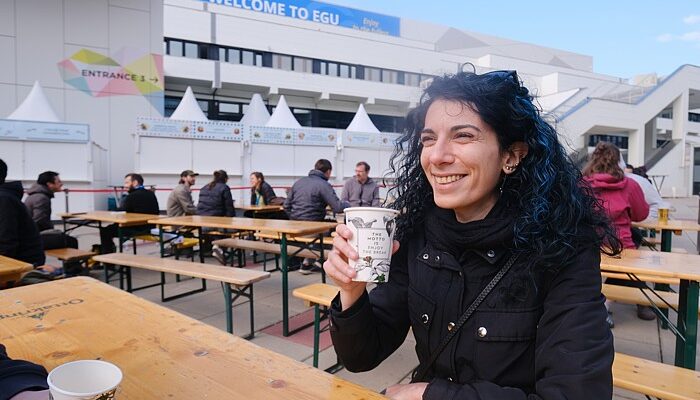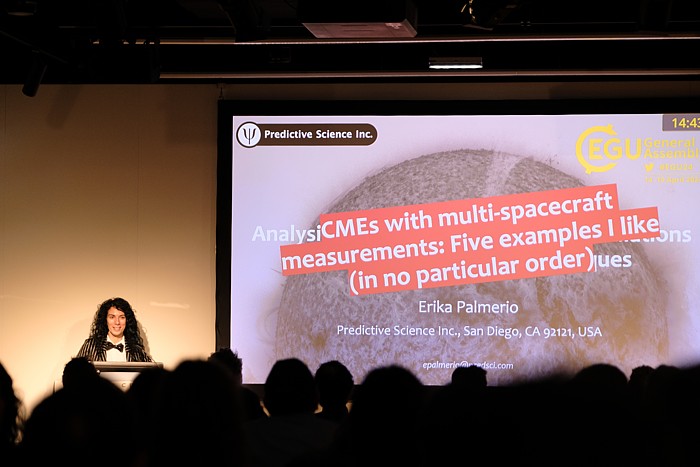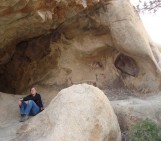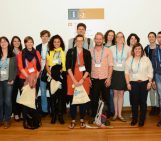
Erika Palmerio, a leading early career scientist working on conditions in space driven by solar activity, shares her journey of networking and inspiration.
Auroras and disturbances in Earth’s magnetic field or Earth’s environment used to be studied as separate phenomena until scientists learned that they are related to the continuous chain of solar activity. While the Sun’s impact can light up the sky through enchanting displays of northern lights, an outburst of a solar storm could also plunge the Earth into darkness by disabling global power grids and rendering satellites and other electronic devices nonfunctional. Predicting the factors that contribute to such happenings along with the Sun’s broad impact is now studied as Space Weather, and helping our understanding of how it works is Palmerio’s primary research focus.
It started more by chance than design: while she studied cosmology as a master’s student, her professor, Emilia Kilpua, suggested taking a course on plasma physics. Kilpua, currently the EGU’s Solar-Terrestrial Sciences division president, inspired Palmerio’s curiosity on the subject, and Palmerio ended up staying to do a PhD with her. It was then when Palmerio first attended the EGU General Assembly in 2016; it was her first international conference. At EGU17, Palmerio met one of her closest collaborators. “We just met and came up with a bit of a dare that we should convene a session next year,” Palmerio recalled. That session, concerning observing and modelling the solar wind and coronal mass ejections, is now an EGU staple. Looking back at how EGU and other conferences have shaped her career so far, Palmerio emphasized the importance of connecting with others.
“The best advice I can give to early career scientists is to talk to people at conferences; that’s how all my most helpful collaborations started,” Palmerio said.
After obtaining her PhD from the University of Helsinki in 2019, Palmerio went to the US to do her postdoc at UC Berkeley and later moved to Predictive Science Incorporated. At the moment, she manages two grants focusing on the interaction of coronal mass ejections. These interactions are a significant unknown in the field, and the two projects allow her to see the topic from two different perspectives: from an observational and a modeling point of view. “We have very few measurements of the Sun – it can be like forecasting the weather in Texas when your weather station is in Vienna. There are a lot of unknowns, but hopefully, by combining these few observations with modeling, we can fill in some of the gaps in our understanding,” Palmerio explained. She added that juggling the projects, writing papers and proposals, and mentoring students can be challenging; time becomes more and more precious. Still, she has found time to meet with peers at every EGU General Assembly since she first came eight years ago.
“I feel very close to the EGU community, even though I left Europe,” Palmerio said.
At the recent EGU24, Palmerio received EGU’s Division Outstanding Early Career Scientist Award.

Palmerio delivers her ST Division Outstanding Early Career Scientist Award Lecture at EGU24.




